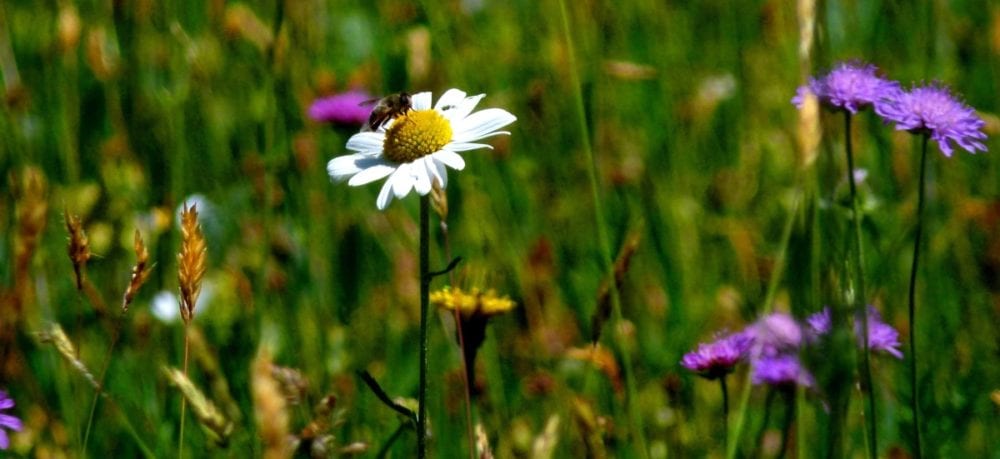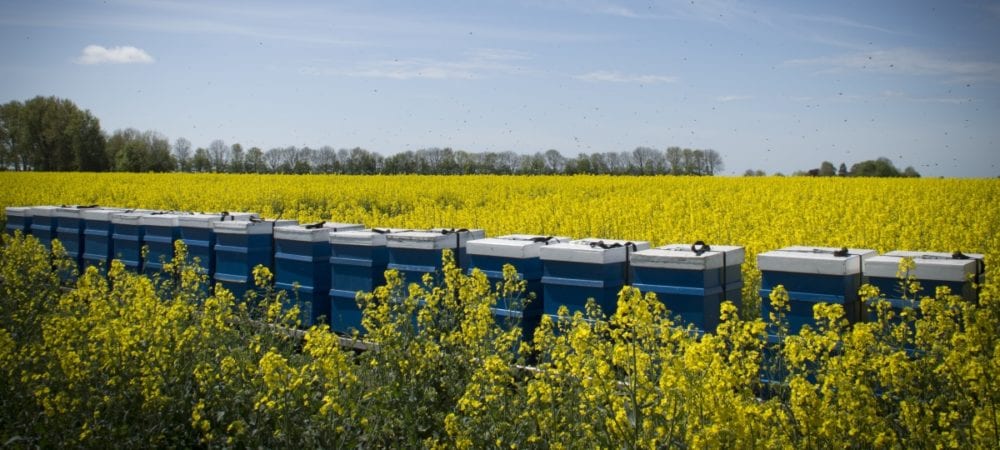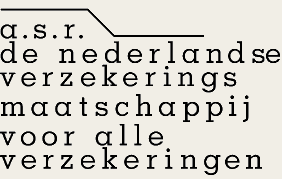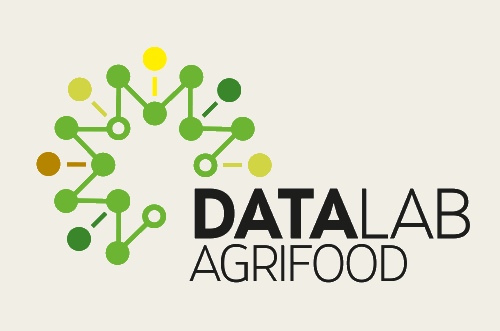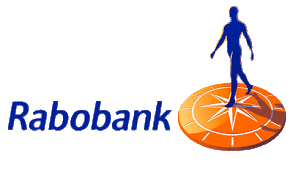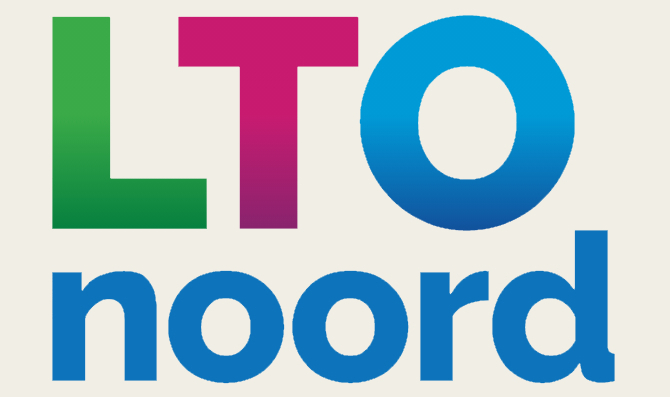Aanmelden tot
Apply until
02 december
Datum
Date
14 & 15 December 2018
Prijs:
Event fee:
free
Plekken vrij:
Places left:
0
tijd tot sluiting aanmelding
countdown
Activiteitsdetails
Event details
Aanmelden tot:
Register until:
02 december
Datum:
Date:
14 & 15 December 2018
Prijs:
Event fee:
free
Voor wie:
For whom?
data scientists, tech-savvies, creatives and domain experts
Plekken vrij:
Places left:
0
Locatie:
Location:
JADS Mariënburg Campus
Sint Janssingel 92
5211 DA 's-Hertogenbosch
The Netherlands



